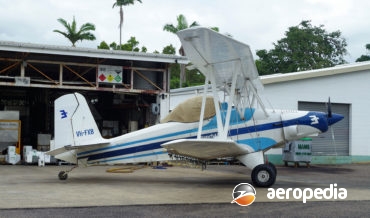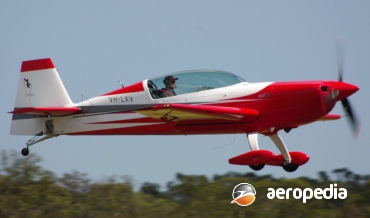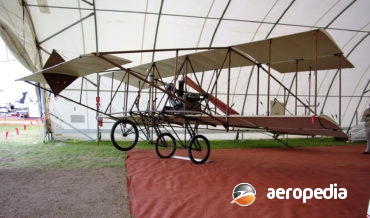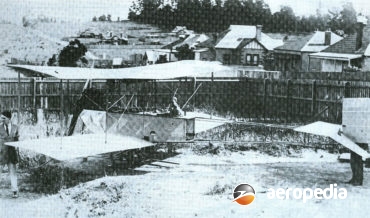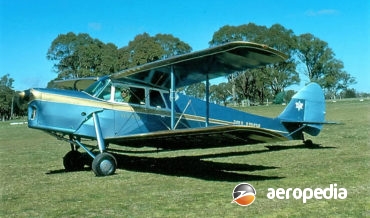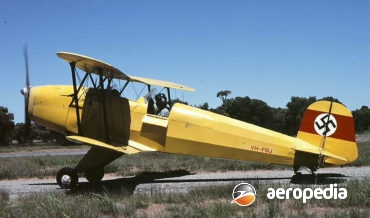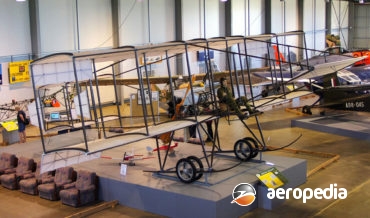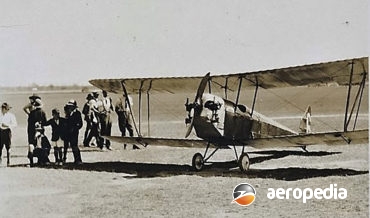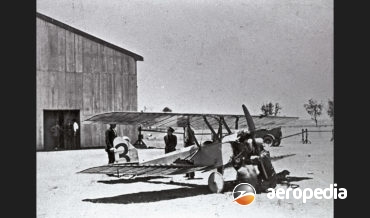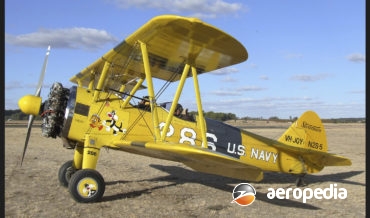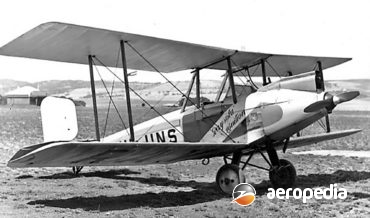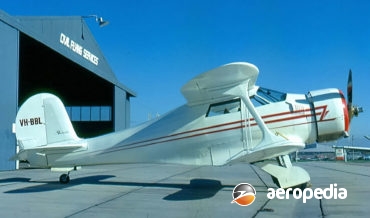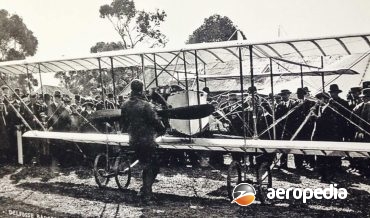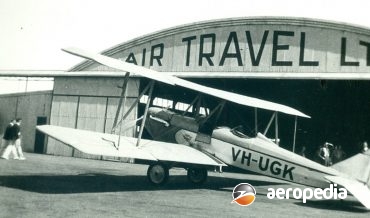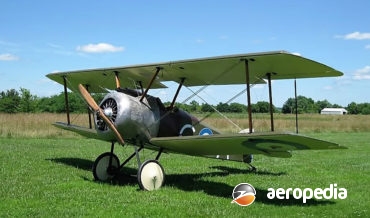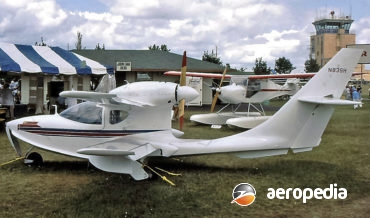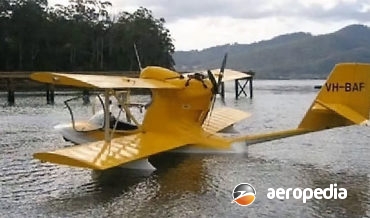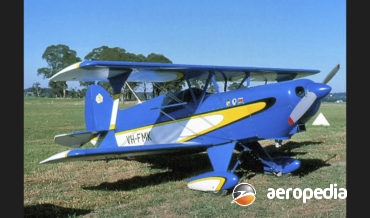All Contents
Contents
Built by Eagle Aircraft in the United States, and designed by Dean Wilson in the 1970s, the prototype of the DW-1 agricultural biplane was flown for the first time at Boise in Idaho in 1977.
David C. Eyre
- May 8, 2019
In 1982 Walter Extra of Dinslaken, Germany, participated in the World Aerobatic Championships in a Pitts biplane and decided to build his own aircraft, setting up Extra Flugzugbau in 1983 and built the Extra 230, the first flight of which took place on 14 July 1983.
David C. Eyre
- May 8, 2019
The Duigan biplane was designed and built by John and Reginald Duigan on a farm 128 km (80 miles) from Melbourne, and was the first aircraft to be designed and built in Australia.
David C. Eyre
- May 8, 2019
In 1911 John Duigan, whilst in England, ordered an Avro aircraft known as the Avro Type D fitted with a 37-kw (50-hp) Alvaston engine, and in it he gained his Royal Aero Club certificate No 211 at Brooklands in April 1912.
David C. Eyre
- May 8, 2019
The DH.87, which was designed and built in 1937 as a replacement for the DH.60 Gipsy Moth series, had a Gipsy Major engine and side-by-side seating.
David C. Eyre
- May 8, 2019
On 27 April 1934 the prototype of the Bu 131A Jungmann (D-1350), designed in 1933 by Anders Andersson and Carl Bucker, powered by a 60-kw (80-hp) Hirth HM60R four-cylinder engine, was flown for the first time at Johannistal near Berlin, Germany.
David C. Eyre
- May 8, 2019
The Boxkite was designed by George Challenger and built by the British & Colonial Aeroplane Co in 1910.
David C. Eyre
- May 8, 2019
The B-4 was one of a series of aircraft designs entered in the 1924 light aircraft competition held at Richmond, NSW.
David C. Eyre
- May 8, 2019
One of the aeroplanes designed and built for the low-powered aeroplane competition at Richmond in November/December 1924, the Broadsmith-Ross Bett I Biplane, also known as the Broadsmith B.2, was designed by well known aviation identity of the time, Mr H E Broadsmith who, for a period, had some association with
David C. Eyre
- May 8, 2019
In 1934 the Stearman Aircraft Company became a subsidiary of Boeing, and in that year placed in production its Model 73, a derivative of the Stearman Model C series of biplanes.
David C. Eyre
- May 8, 2019
The prototype Bluebird I (G-EBKD – c/n 9803/1) was first flown in 1924 and was entered in a number of air-races before it crashed and was destroyed at Bournemouth on 6 June 1927 when it collided with a Westland Widgeon (G-EBWE).
David C. Eyre
- May 8, 2019
The Blanch Biplane, also known as the Blanch Experimental, was designed and constructed by Mr A S E Blanch in the 1920s near Armadale, WA.
David C. Eyre
- May 8, 2019
Designed by Ted Wells for Walter Beech in 1930, the Model 17 was the first aircraft produced by the newly-formed Beech Aircraft Corp.
David C. Eyre
- May 8, 2019
Andrew Delfosse Badgery in January 1914 was appointed sole Australian agent for the Caudron series of aircraft fitted with Anzani engines, forming a company General Aviation Contractors Ltd.
David C. Eyre
- May 8, 2019
The Eaglerock series of light aircraft was manufactured by the Alexander Aircraft Co, a division of Alexander Industries of Denver, Colorado.
David C. Eyre
- May 8, 2019
The Airdrome Aeroplanes Sopwith Camel is a full-scale replica of the World War I fighter designed by Robert Baslee and marketed by his company, Airdrome Aeroplanes of Holden in Missouri.
David C. Eyre
- May 8, 2019
The Sea Hawk was designed by Garry LeGare in Canada, it being an all-composite amphibious biplane which, depending on the power plant installed, can seat two adults, up to three adults, or two adults and two children.
David C. Eyre
- May 8, 2019
The Seastar was designed and built by AAC Amphibian Airplanes of Squamish, British Colombia, as a light two-seat amphibious biplane for sporting use.
David C. Eyre
- May 8, 2019
The Acro Sport was designed by the late Mr Paul Poberezny, President of the Experimental Aircraft Association of America, specifically for construction by persons with no experience in building aircraft.
David C. Eyre
- May 8, 2019
Recent Comments
Archives
Categories
- No categories
Categories
- No categories
Latest Posts
Newsletter

